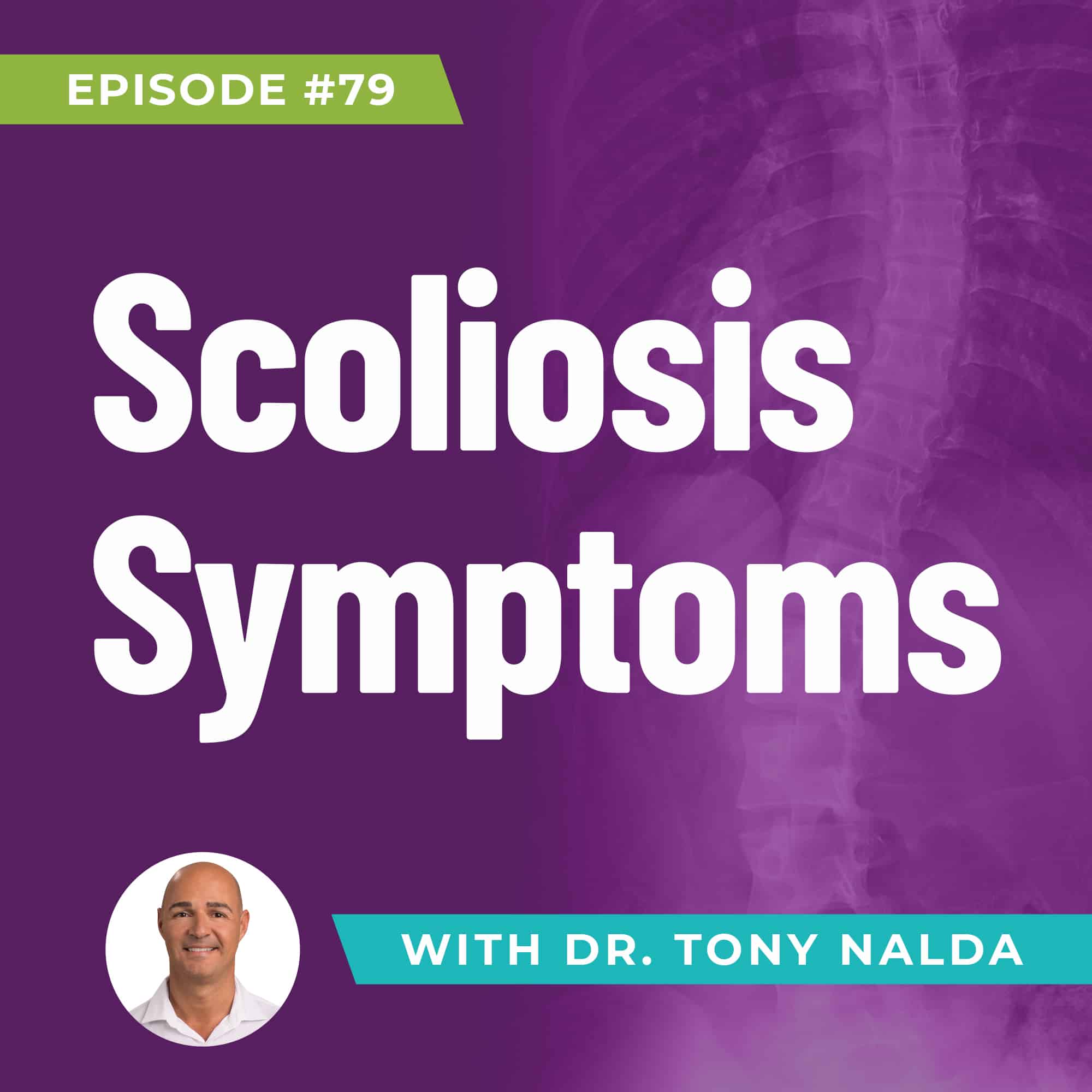Episode 79: Scoliosis Symptoms
Patients with scoliosis encounter diverse issues stemming from their condition. Idiopathic scoliosis, the most common type, constitutes 80% of diagnosed cases, characterized by an unknown cause.
Types of Scoliosis
- Idiopathic scoliosis dominates, affecting all age groups but is most commonly diagnosed between 10 and 18 years.
- Other types include neuromuscular, congenital, traumatic, and degenerative scoliosis, each with known causes.
Symptoms Across Age Groups
Scoliosis does not discriminate by age, affecting individuals from infancy to old age. Idiopathic scoliosis manifests differently in adolescents and adults, with the latter experiencing adult idiopathic scoliosis.
Postural Deviations and Structural Impact
Scoliosis introduces uneven forces due to asymmetrical compression or gravitational forces. Postural deviations, including unbalanced shoulders and rib cage, result from these uneven forces. The structural impact extends to digestive issues and headaches, particularly as patients age.
Diagnosis and Progression
Diagnosis in adolescents often stems from noticeable postural changes, prompting referrals for further examination. Adults, however, typically seek medical attention due to pain, a prevalent symptom not commonly experienced in children. Pain in adults is not always directly proportional to the size of the curve but is influenced by its progression over time.
Factors Influencing Symptoms
- Age - older individuals experience faster progression and increased damage compared to kids and young adults.
- Type of scoliosis - curve location, and severity also contribute to the intensity of symptoms.
Proactive treatment is crucial, aiming to slow down or stop the progression of the curve. It is important to treat the scoliosis itself, not just managing symptoms. The Scoliosis Reduction Center focuses on reducing the curve's size, offering a unique approach to managing and improving scoliosis conditions.
To know more about scoliosis and the different treatment options, check out Dr. Tony Nalda’s podcast.
Artlist.io 847544
Podcast: Play in new window | Download
Subscribe: RSS
Dr. Tony Nalda
DOCTOR OF CHIROPRACTIC
After receiving an undergraduate degree in psychology and his Doctorate of Chiropractic from Life University, Dr. Nalda settled in Celebration, Florida and proceeded to build one of Central Florida’s most successful chiropractic clinics.
His experience with patients suffering from scoliosis, and the confusion and frustration they faced, led him to seek a specialty in scoliosis care. In 2006 he completed his Intensive Care Certification from CLEAR Institute, a leading scoliosis educational and certification center.
About Dr. Tony Nalda
 Ready to explore scoliosis treatment? Contact Us Now
Ready to explore scoliosis treatment? Contact Us Now








